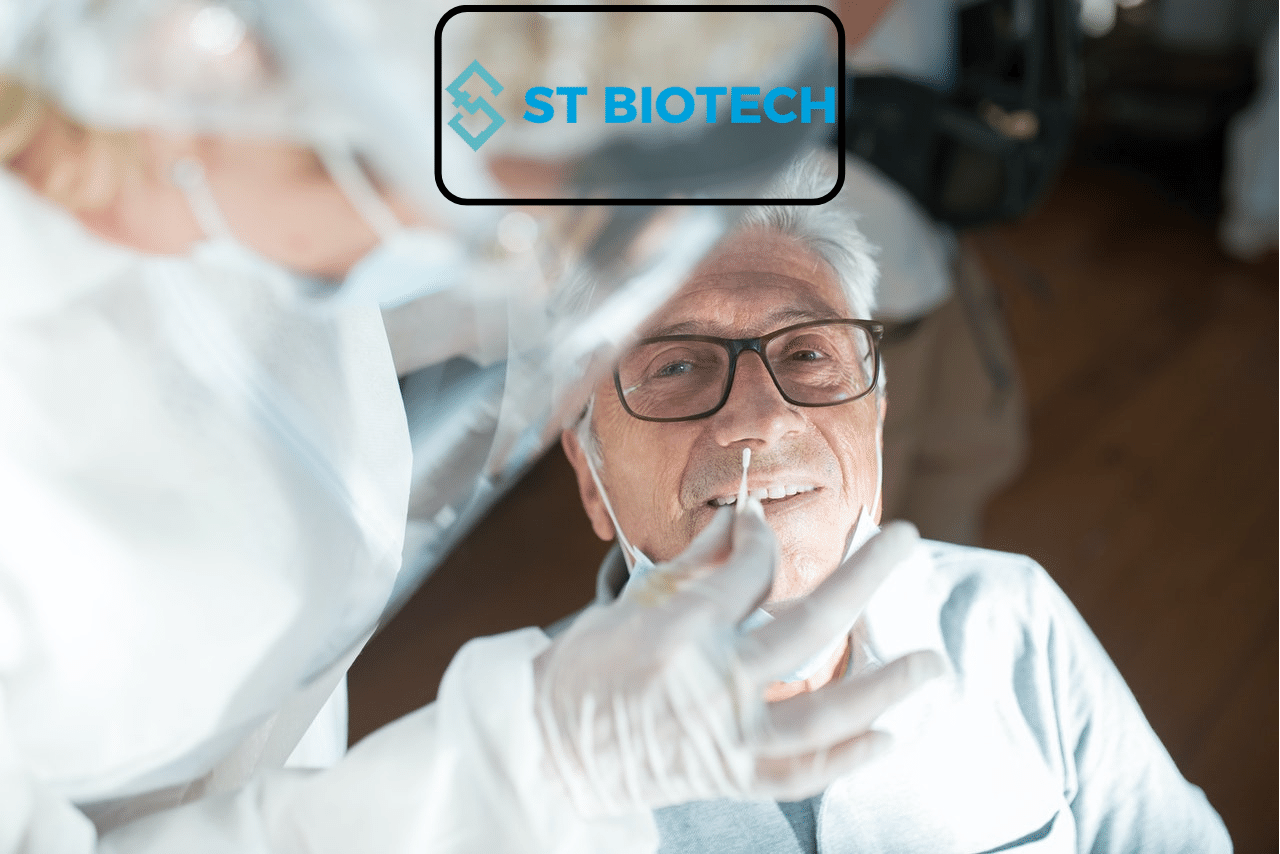Over the last ten years, there have been many advances in drug testing. The use of hair, sweat, and oral fluid(saliva) as alternative specimens to blood or urine has become a significant change in the clinical field.
We are more familiar with rapid antigen tests for COVID-19, but recently, new evidence suggests a saliva sample can give accurate results.
The severe acute respiratory syndrome coronavirus 2(SARS-CoV-2), which emerged in Wuhan, China, caused a global pandemic. It is diagnosed mainly through RT-PCR, but the disease transmission modes vary ( contact, droplet, and aerosol routes ), and the need for alternative detection methods has increased.
Covid testing advanced rapidly with the pandemic, and several universities developed several types of alternative COVID-19 tests. Saliva-based tests can be processed faster and more sensitive than nasal-based assays in some instances.
The virus’s genetic material is detected by PCR and nucleic acid amplification tests(NAATs). These tests are the most accurate for detecting the virus that causes COVID-19. These genetic materials can be taken by a nasal swab, oral swab, or saliva sample.
What is a PCR test?
PCR stands for Polymerase Chain Reaction. This test detects the genetic material in the virus called RNA. A chain reaction starts forming copies of genetic material if the virus is present in the test sample after adding reagent. This provides enough copies to scientists to deliver positive results.
PCR Swab test vs. PCR Saliva test
A PCR swab test takes the sample from nose and throat while PCR saliva test uses a saliva sample.
Types of COVID-19 Tests
Nasal swab test:
Covid nasal swab is a medical test to detect viruses that cause respiratory infections.
According to the type of samples taken, there are two types.
- Nasal swab test: This test involves the nostrils. A healthcare professional has to collect the sample by inserting a swab into your nostrils until the tip of the swab is no longer visible by rotating at least three times around the nostrils. hHe has to repeat it to another nostril and collect the sample and send it for the testing
2. Nasopharyngeal swab COVID-19 test:
This is a more accurate test than a nasal swab test, and it is recommended testing standard due to its high sensitivity.
PCR technique is used to determine the infection.
The swab is inserted deep into the nose and twirled inside it for at least 10 seconds.
The test samples are carefully placed in sterile packages and sent to the laboratory for analysis.
The results can be taken digitally within 48- 72 hours.
This is more discomfort for people, and it activates lacrimal reflex and runny nose and triggers tears. This requires trained staff since inaccurate sample collection methods give incorrect results.
The samples are difficult to collect from pediatric patients and patients with learning difficulties.
COVID saliva test:
This is a less widely used method since it is specifically designed for persons above three years of age, about to go through an operation or medical procedure, and shows no symptoms.
This test uses the PCR test for diagnosing.
Coughing helps to do the testing successfully because it brings up the oral fluids.
This self-administered testing method is not suitable for people with low saliva production.
Nasal Swabs vs. Saliva Swabs
Nasopharyngeal sample collecting is more challenging because of the discomfort caused to patients, the requirement of trained staff, and personal protective equipment. Instead of the “stick in the nose” method, saliva-based testing has become more comfortable.
What is more accurate?
Saliva-based COVID-19 testing accurately detects positive coronavirus 83 percent, while nasal swab test is 85 percent accurate. The study shows 99 percent accuracy in negative COVID-19 cases through the Saliva COVID test. The negative results can result from the timing of the test and sample collection.
Which test hurts you the most?
This depends on the test you use for the COVID 19 testing.
The nasal swab test is uncomfortable to people because it goes deep into a place where the body isn’t used, the nostrils.
The Saliva COVID-19 test is simple, and it is easy for patients.
Which test gives the results in less time?
The nasal swab test gives you the results in 1 hour, while the nasopharyngeal swab COVID-19 test takes 48-72 hours to provide you with the results.
PCR tests are accurate, but you have to wait for the results.
Benefits of Saliva COVID test vs. Nasal Swab test
Minimum Exposure
Healthcare workers are less exposed to the virus because this testing has the potential to be self-administered.
The patients need to cough and sneeze, increasing the risk of exposure to virus particles by them.
Less invasive
The patients face discomfort when taking the sample and traumatic experiences. Some side effects can be seen after taking the sample, like headache, earache, and nosebleeds.
If the patient could not do the testing correctly, they have to face the test again.
Shortage of Personal Protective Equipment(PPE)
With the widespread pandemic throughout the world, the shortage of PPE has been higher. Saliva tests provide higher reliability, and since it is a better option for home testing, the demand for the PPE is less. People face difficulties traveling for an hour to the nearby testing facilities, and saliva testing fulfills this demand.




